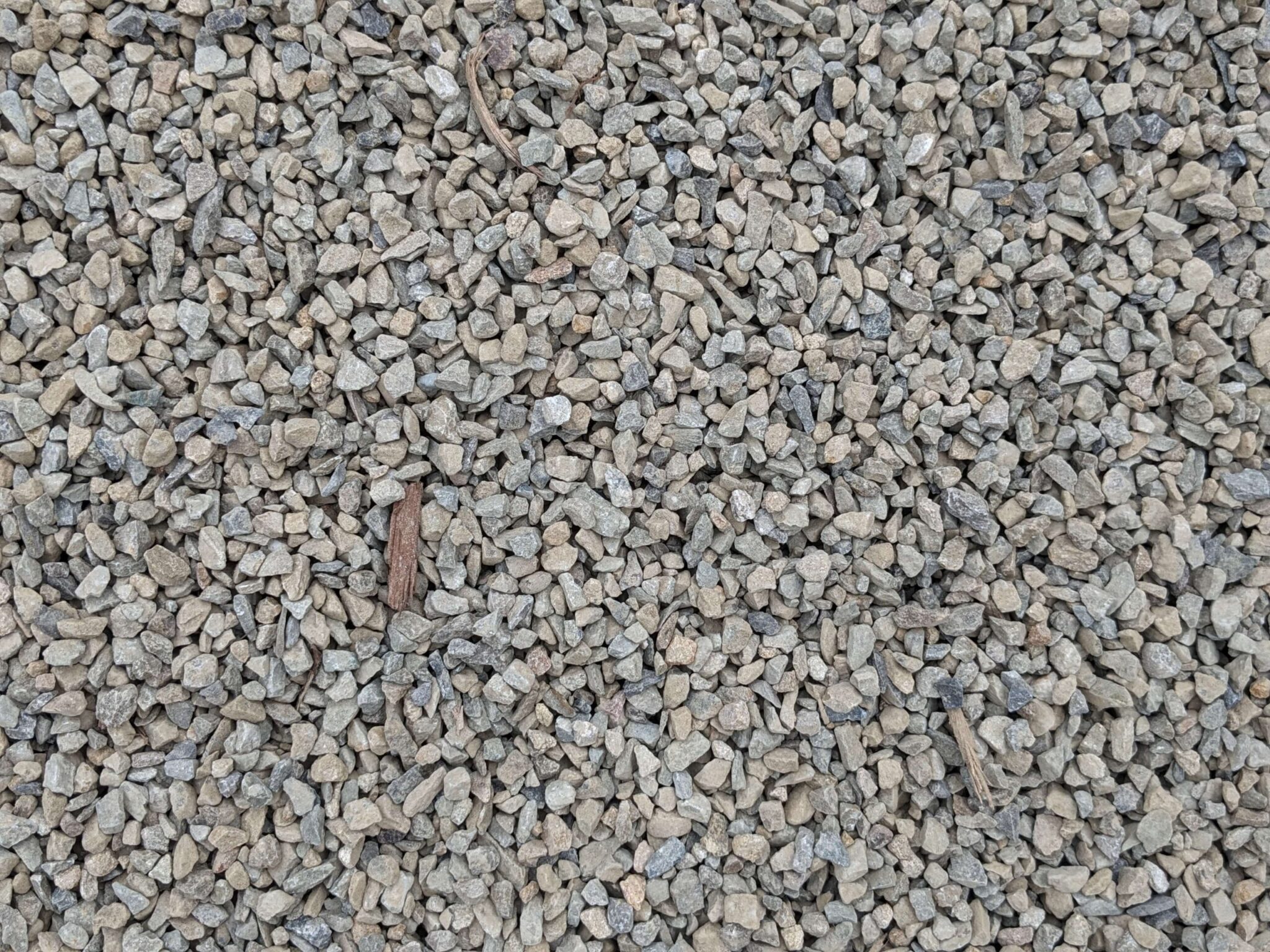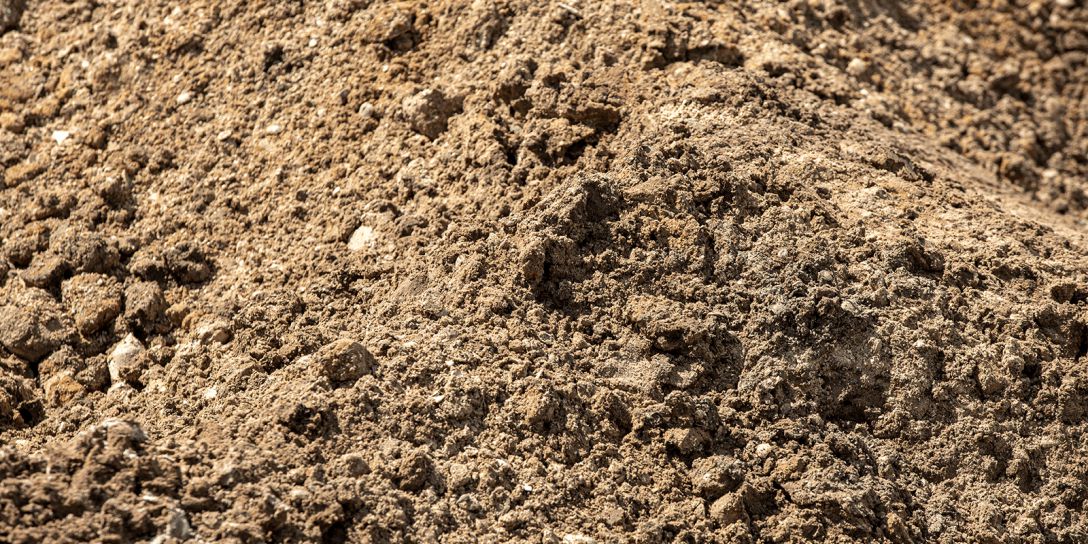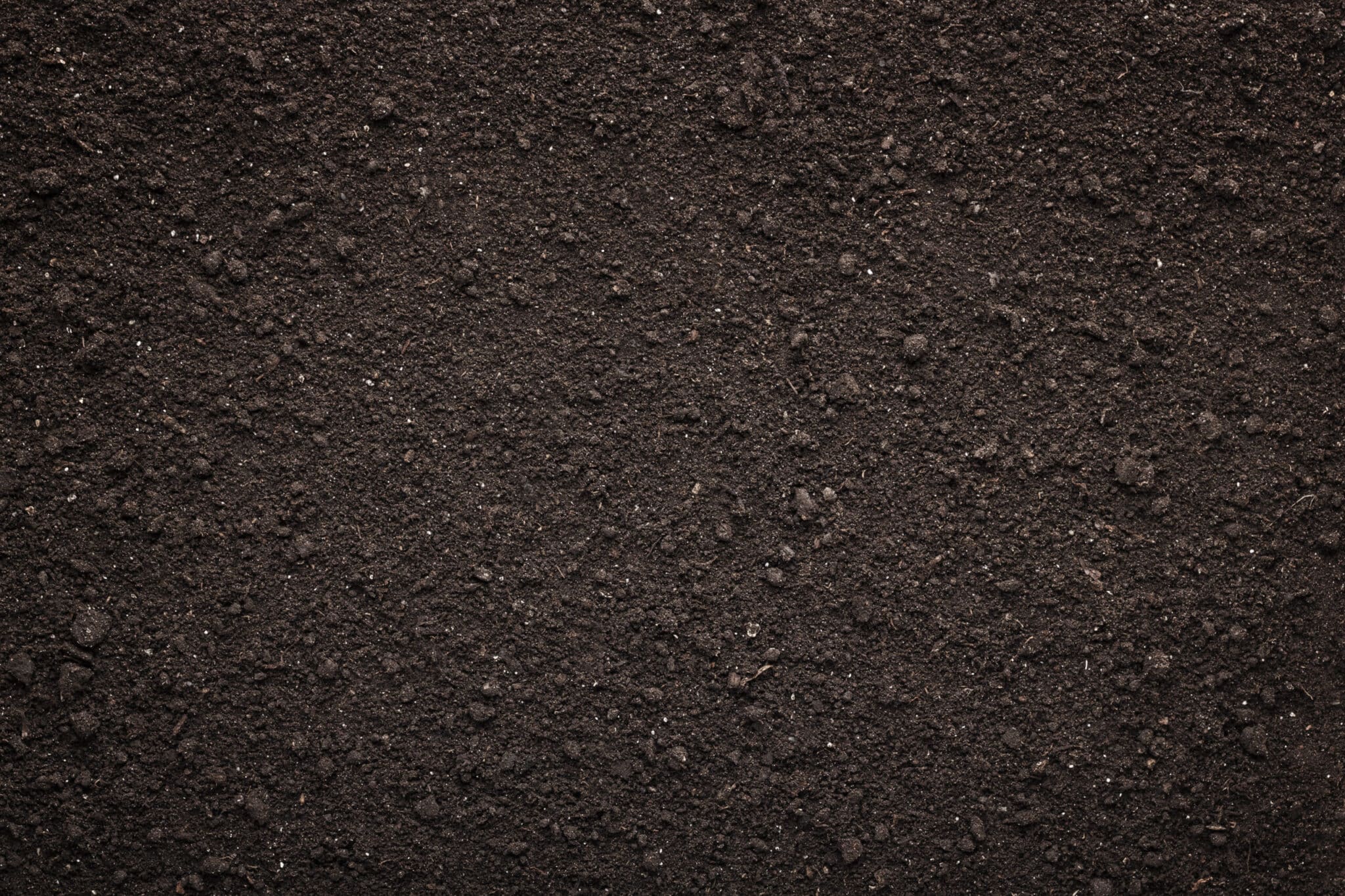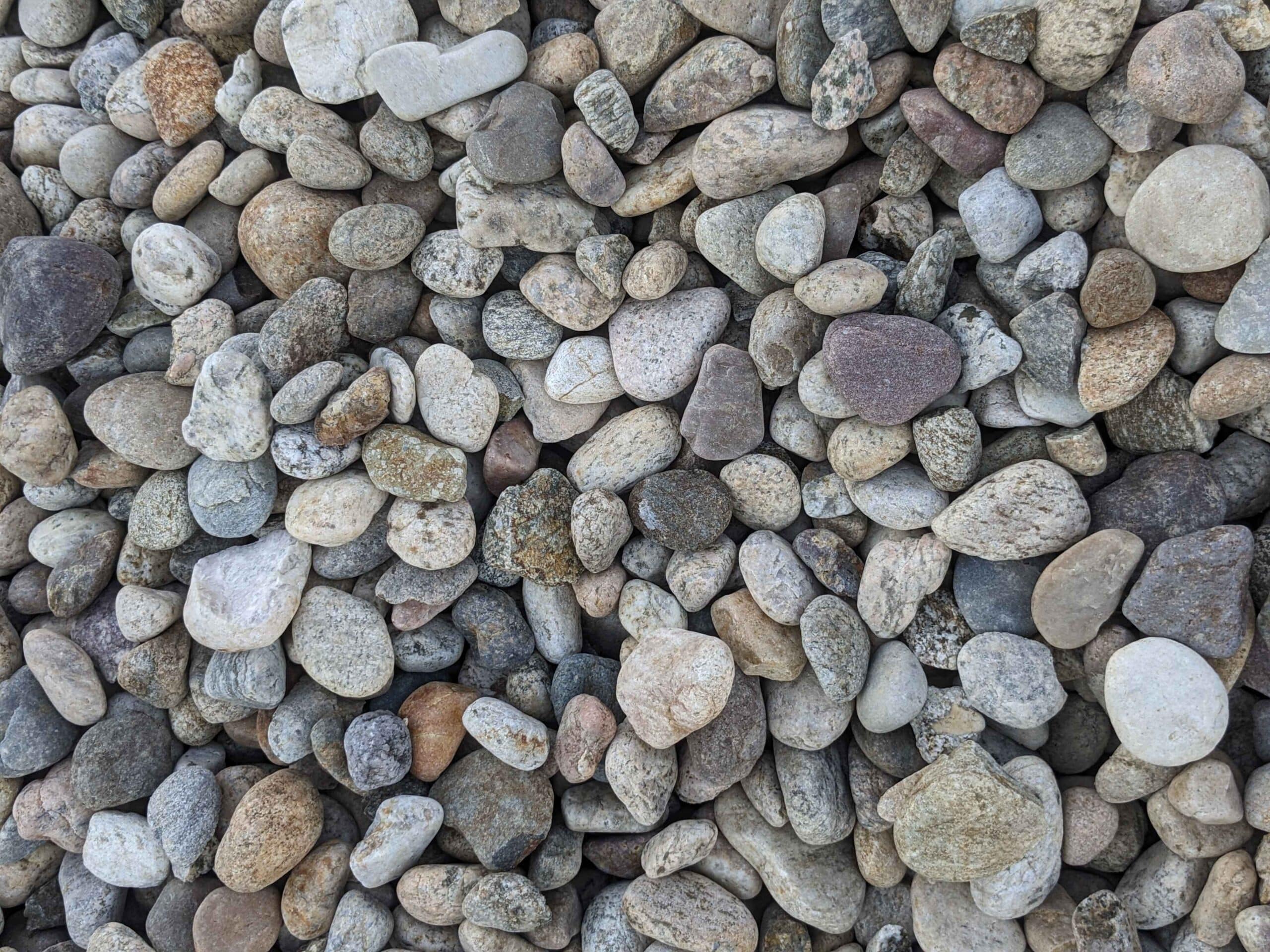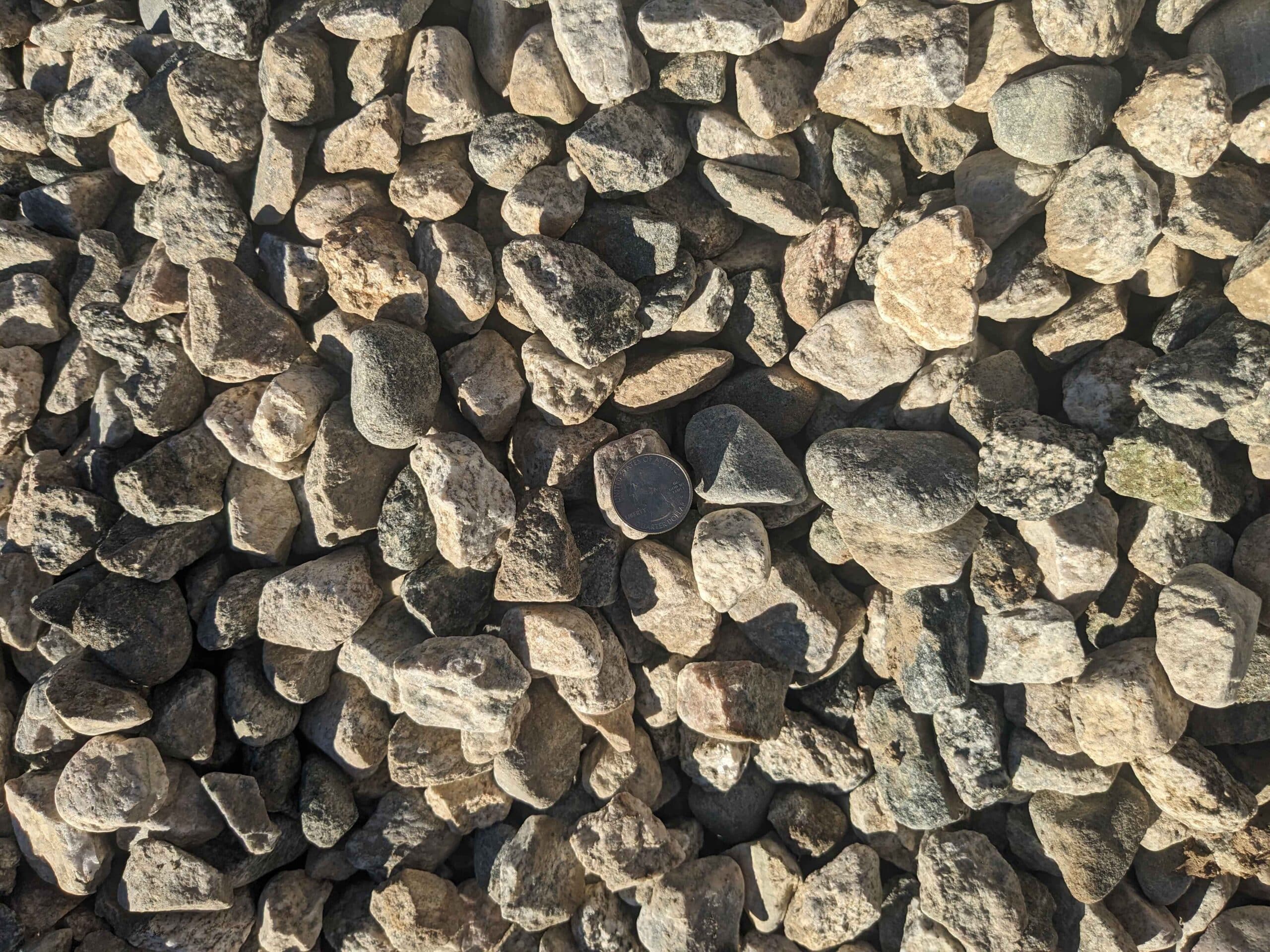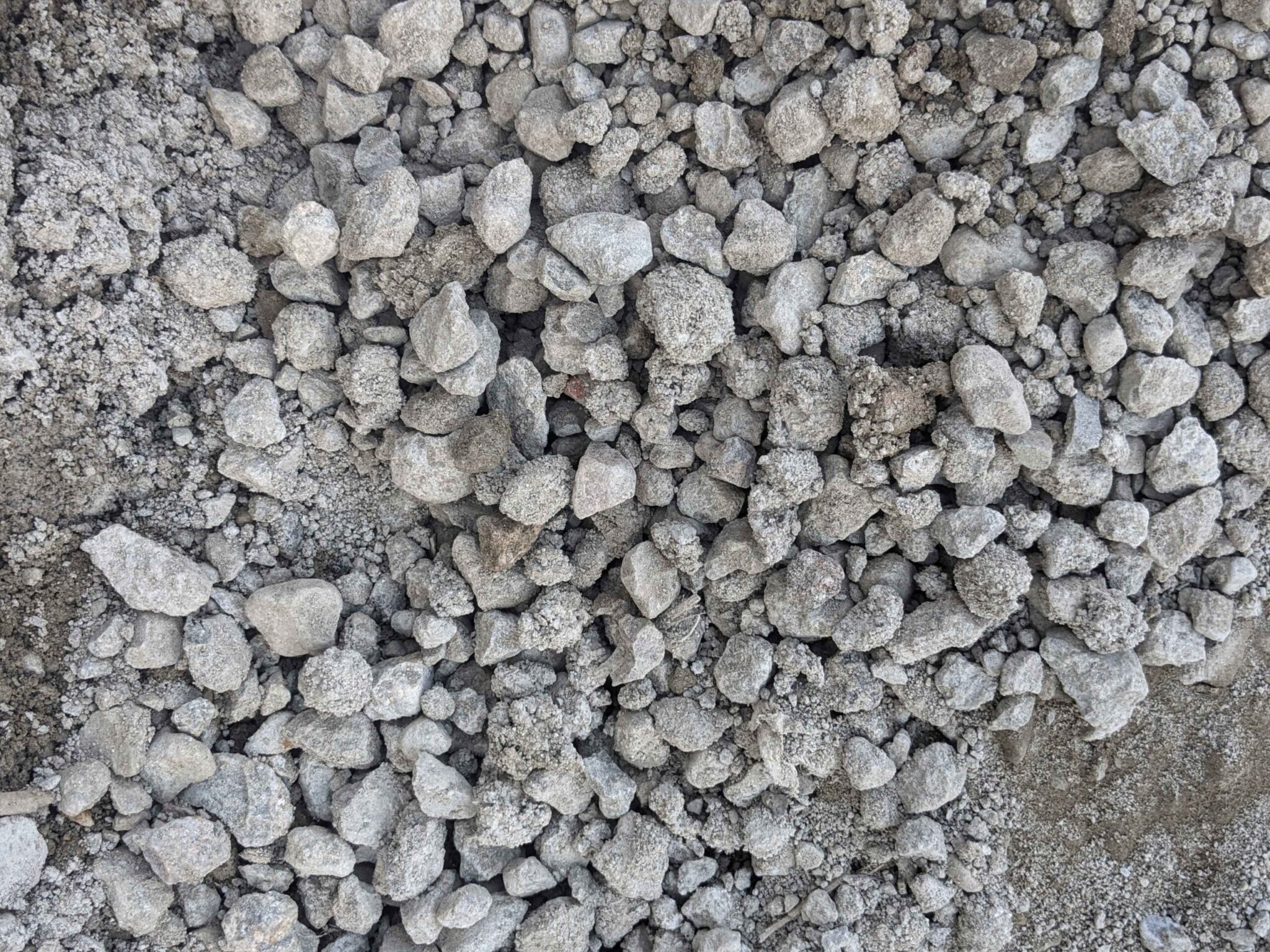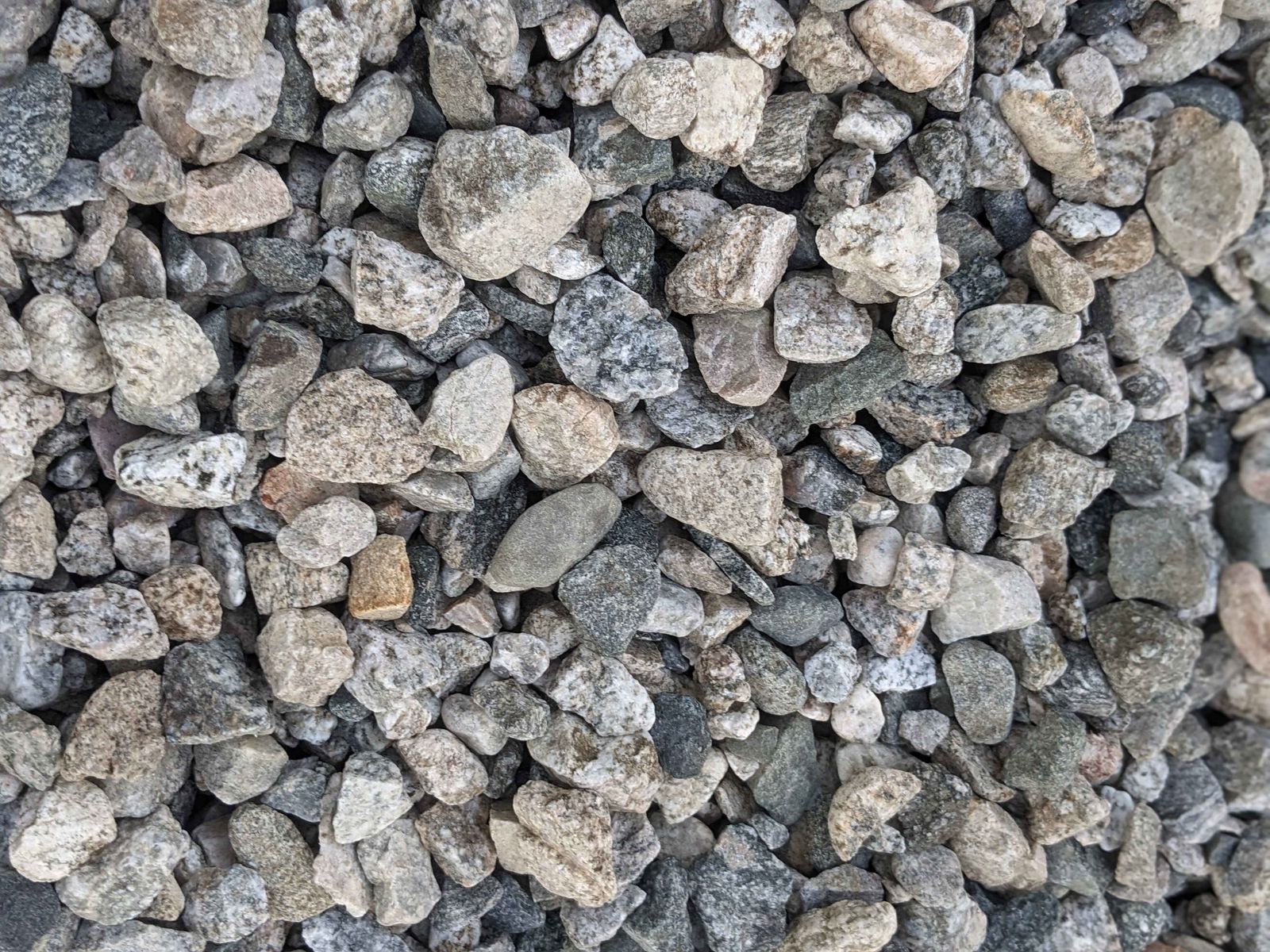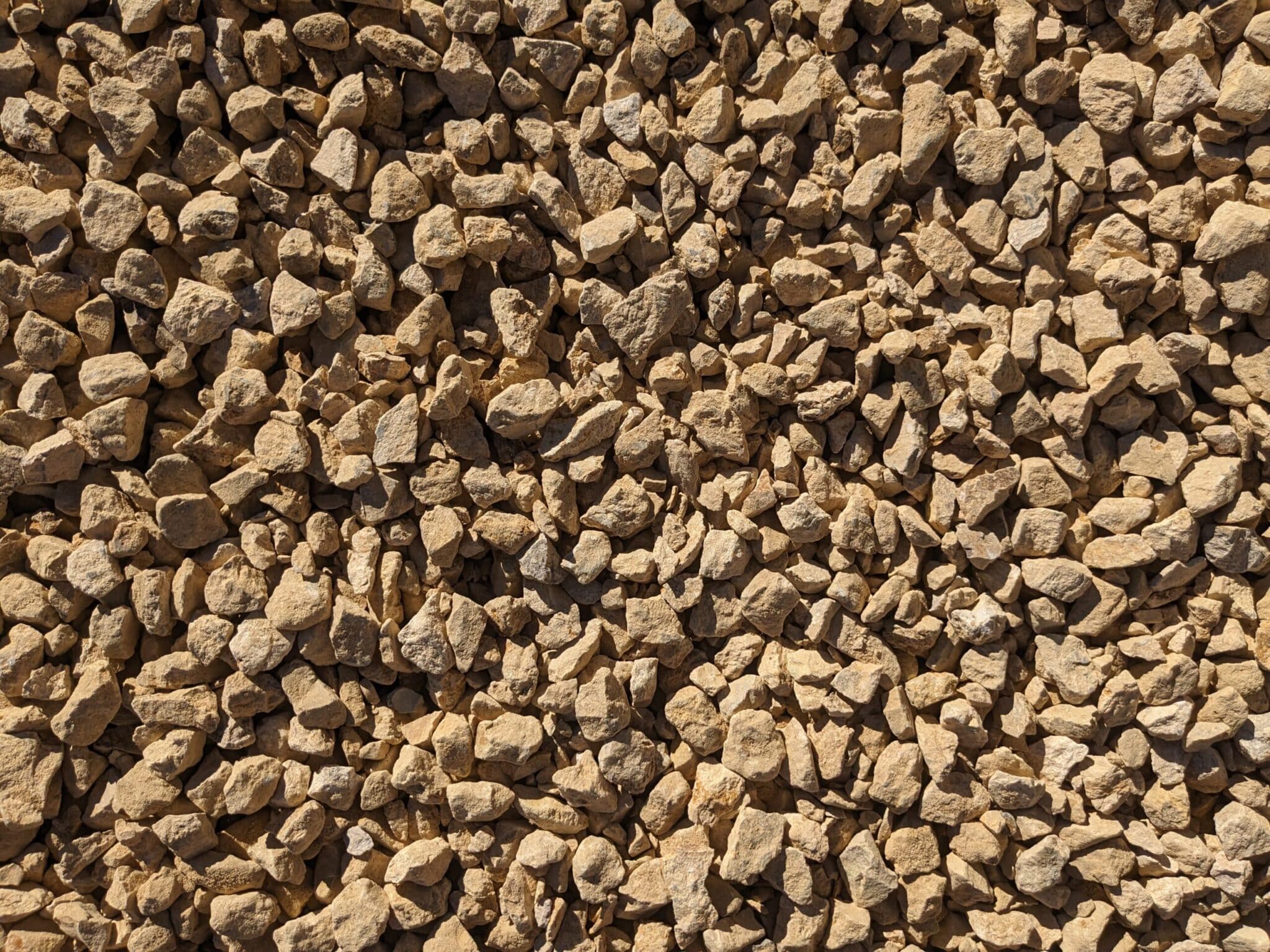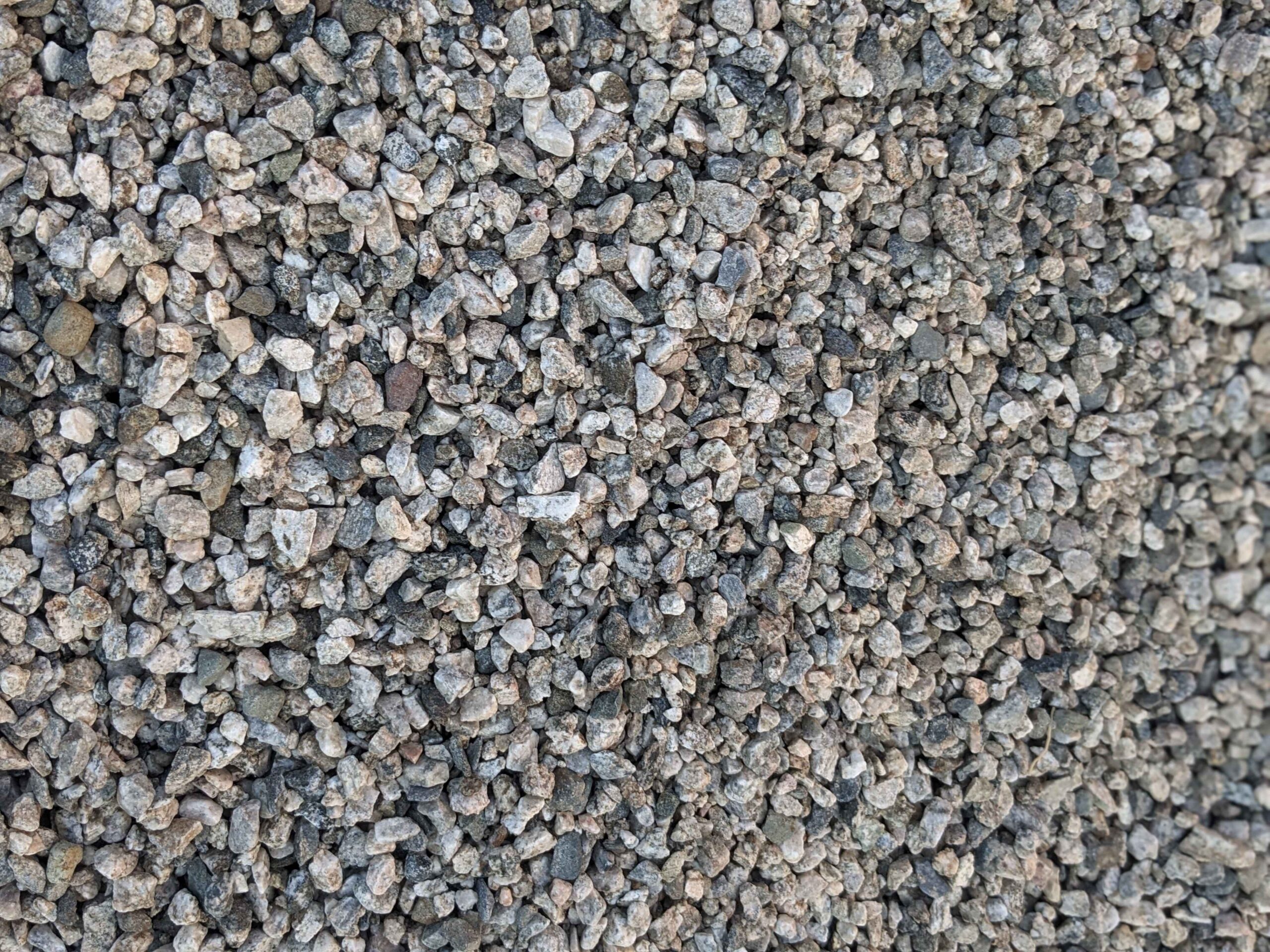A retaining wall is an essential structure when it comes to landscaping or construction projects. It helps to hold back soil and prevent erosion, providing stability and support for sloped areas. One crucial component of building a retaining wall is using crushed stone. This article will guide you through understanding the basics of a retaining wall and calculating the amount of crushed stone needed. We will also explore the different types of crushed stone available and provide tips on purchasing and preparing it. Finally, we’ll discuss the process of building your retaining wall.
Understanding the Basics of a Retaining Wall
Before diving into the process of determining the amount of crushed stone required, let’s first understand what a retaining wall is and why it’s important. A retaining wall is a structure built to support and hold back soil, preventing it from eroding or shifting. It is commonly used to create terraced areas or prevent soil from encroaching onto driveways, pathways, or other areas. By providing stability, a retaining wall adds both functionality and aesthetics to a landscape.
What is a Retaining Wall?
A retaining wall is a structure made of various materials such as concrete blocks, stones, or timbers, strategically placed to hold back soil and create level areas or prevent erosion. It is designed to withstand the pressure exerted by the soil behind it and maintain its structural integrity over time.
Retaining walls can be found in a variety of settings, from residential gardens to commercial landscapes. They serve as a solution to uneven terrain, allowing for the creation of usable spaces on slopes or hillsides. These walls can be both functional and visually appealing, adding depth and character to any outdoor environment.
There are different types of retaining walls, each with its own unique design and purpose. Gravity walls rely on their own weight to resist the pressure of the soil, while cantilever walls use a reinforced concrete slab to counteract the soil’s force. Other types include anchored walls, which are reinforced with cables or rods, and sheet pile walls, which are made of interlocking steel or vinyl sheets.
Importance of Crushed Stone in Retaining Walls
Crushed stone plays a crucial role in the construction of retaining walls. It provides a stable base and helps with drainage, preventing water from accumulating behind the wall and causing damage. Crushed stone also acts as a barrier, preventing soil from infiltrating the wall and compromising its stability. Therefore, choosing the right amount of crushed stone is essential to ensure the durability and effectiveness of your retaining wall.
When determining the amount of crushed stone required, several factors need to be considered. The height and length of the wall, as well as the type of soil and climate conditions, all play a role in determining the appropriate amount of crushed stone. Consulting with a professional or using online calculators can help you determine the exact quantity needed for your specific project.
It is important to note that the quality of the crushed stone is equally important as the quantity. Using high-quality crushed stone that is properly graded and compacted will ensure the stability and longevity of your retaining wall. Additionally, considering the aesthetic aspect, you can choose from a variety of crushed stone options, such as limestone, granite, or gravel, to complement your overall landscape design.
Proper installation of the crushed stone is also crucial for the success of your retaining wall. It is recommended to excavate the area behind the wall and fill it with a layer of crushed stone, compacting it at regular intervals to ensure a solid foundation. This will provide the necessary support for the wall and prevent any potential shifting or settling over time.
In conclusion, understanding the basics of a retaining wall and the importance of crushed stone in its construction is essential for a successful and long-lasting project. By considering factors such as the type of wall, quantity and quality of crushed stone, and proper installation techniques, you can ensure the stability, functionality, and aesthetic appeal of your retaining wall for years to come.
Calculating the Amount of Crushed Stone Needed
Calculating the amount of crushed stone required for your retaining wall involves two main factors: determining the size of your wall and understanding the role of crushed stone volume in your calculations.
Determining the Size of Your Retaining Wall
The size of your retaining wall will significantly influence the amount of crushed stone needed. Measure the length and height of the wall, as well as its thickness. Multiply the three measurements together to determine the total volume of your retaining wall. This volume will guide you in calculating the necessary amount of crushed stone.
The Role of Crushed Stone Volume in Your Calculation
Once you have the total volume of your retaining wall, you need to consider the role of crushed stone in the construction process. Crushed stone is typically used as a base layer and should be applied at a depth of a few inches. Consult with a professional or the manufacturer’s guidelines to determine the specific depth required for your project. Multiply the depth by the total volume of the retaining wall to calculate the volume of crushed stone needed.
Types of Crushed Stone for Retaining Walls
Various types of crushed stone are available, each with its own unique characteristics and benefits. Understanding these options will help you make an informed decision for your retaining wall project.
Gravel and Its Uses
Gravel is a popular choice for retaining walls due to its affordability and versatility. It is available in different sizes and can provide excellent drainage. Gravel is often used as a base layer for retaining walls, providing stability and allowing water to flow freely.
Pea Stone and Its Benefits
Pea stone, also known as pea gravel, is a small, rounded stone that is popular for its aesthetic appeal. It is smooth and comfortable to walk on, making it suitable for areas where people may come in direct contact with the retaining wall. Pea stone also provides good drainage and is ideal for decorative retaining walls or pathways.
Purchasing and Preparing Your Crushed Stone
Once you have determined the amount and type of crushed stone required, it’s time to purchase and prepare it for your retaining wall construction.
Where to Buy Crushed Stone
Crushed stone can be readily purchased from local landscaping supply stores, construction supply companies, or online retailers. Ensure that the crushed stone you choose meets the required specifications for your retaining wall project.
Preparing Crushed Stone for Wall Construction
Prior to building your retaining wall, it’s crucial to prepare the crushed stone properly. Make sure the area where the wall will be constructed is clear and level. Remove any vegetation or debris that may interfere with the stability of the wall. Additionally, ensure that the crushed stone is properly compacted to provide a solid base for your retaining wall.
Building Your Retaining Wall
Finally, it’s time to start building your retaining wall using the prepared crushed stone.
Laying the Crushed Stone
Begin by spreading the crushed stone evenly along the bottom of the excavated area or the base of the retaining wall. Use a rake or shovel to ensure an even distribution. Compact the crushed stone using a plate compactor or hand tamper to create a solid and stable base.
Stacking and Securing Your Retaining Wall
Once the crushed stone is laid and compacted, start stacking the retaining wall materials according to the manufacturer’s instructions or your own design. Use adhesive or mortar if necessary, to ensure the stability of the wall. As you stack the materials, periodically check for levelness and adjust as needed. Finish the retaining wall construction by backfilling with soil behind the wall, ensuring proper drainage and support.
In conclusion, crushed stone is a fundamental component when building a retaining wall. Understanding the basics of a retaining wall, calculating the amount of crushed stone required, and choosing the right type of crushed stone are essential steps in the construction process. By following these guidelines, you can ensure the stability, durability, and effectiveness of your retaining wall project. As always, it’s recommended to consult with professionals or experts to ensure the proper construction and longevity of your retaining wall.
Get Your High-Quality Crushed Stone from Bulk Aggregate Supply
Ready to build a robust and beautiful retaining wall? Look no further than Bulk Aggregate Supply for all your aggregate needs. We provide top-tier, white glove service, delivering the highest quality crushed stone directly to your site, no matter the size of your project. From small driveways to large civil constructions, our seamless online ordering process ensures you get the aggregates you need with the utmost convenience. Don’t hassle with multiple quotes; let us handle the details while you focus on building your perfect retaining wall. Check out our products today and experience the ease of our customer-centered service.


